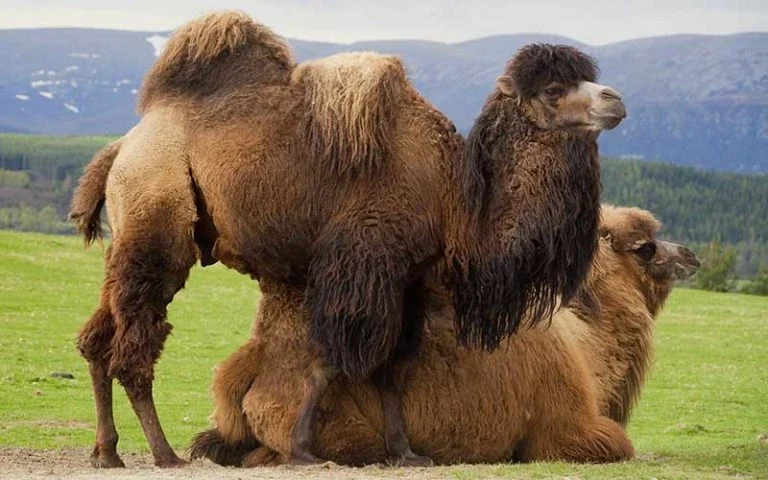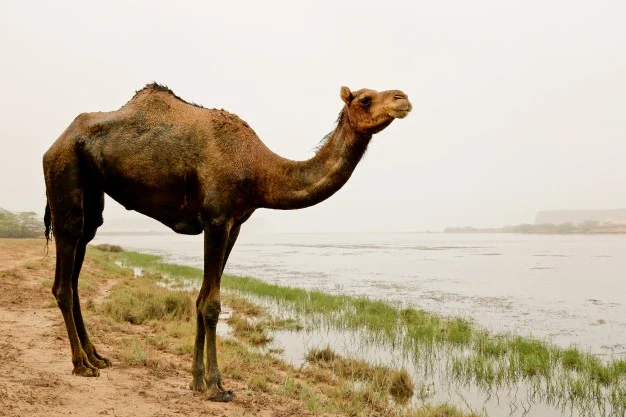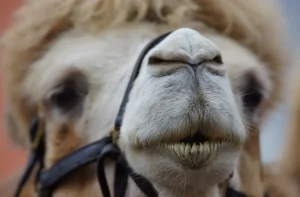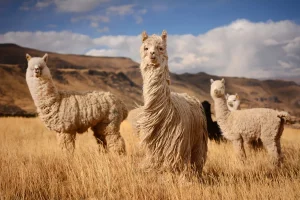Camels are nature’s design for survival in the arid and semi-arid climates where they live. There are currently three species of camels in the world, two of which are domesticated and one is wild. The wild species is on the brink of extinction.
1. Wild Bactrian Camel (Wild Species)
This species is a close relative of the domesticated Bactrian camel. Originating in the steppes of Central Asia, it has a double hump. Until recently, it was believed that wild Bactrian camels were descendants of domesticated species that had returned to the wild after escaping captivity.
However, a more recent analysis of the mitochondrial DNA of the two species suggests a divergence between 0.7 and 1.5 million years ago, long before domestication took place.
The wild Bactrian camel is classified as a critically endangered species with a small population remaining in the Taklamakan and Gobi deserts. Within their limited range, these camels are found on arid plains and hills, feeding on shrubs as their main food source. They roam in groups of 2 to 100 over long distances in search of food and water.

2. Dromedary Camel (Domesticated Species)
Also known as the Arabian camel, this species has a single hump. It is the smallest of the three living camel species.
Males typically weigh between 400 and 600 kg, while females range from 300 to 450 kg. Key characteristics of this camel include:
- A narrow chest
- A single hump
- A long, curved neck
- Long hair on the hump and throat
Dromedaries live in herds of 20 individuals, led by a dominant male.

3. Bactrian Camel (Domesticated Species)
This species of camel lives in the steppes of Central Asia. The name originates from Bactria, a region in Central Asia.
The Bactrian camel has a population of approximately 2 million, existing primarily in its domesticated form. It is the largest of the living camel species.
These camels have a body length of 220 to 350 cm from head to tail, with a tail length of 35 to 55 cm. They weigh between 300 and 1,000 kg.



